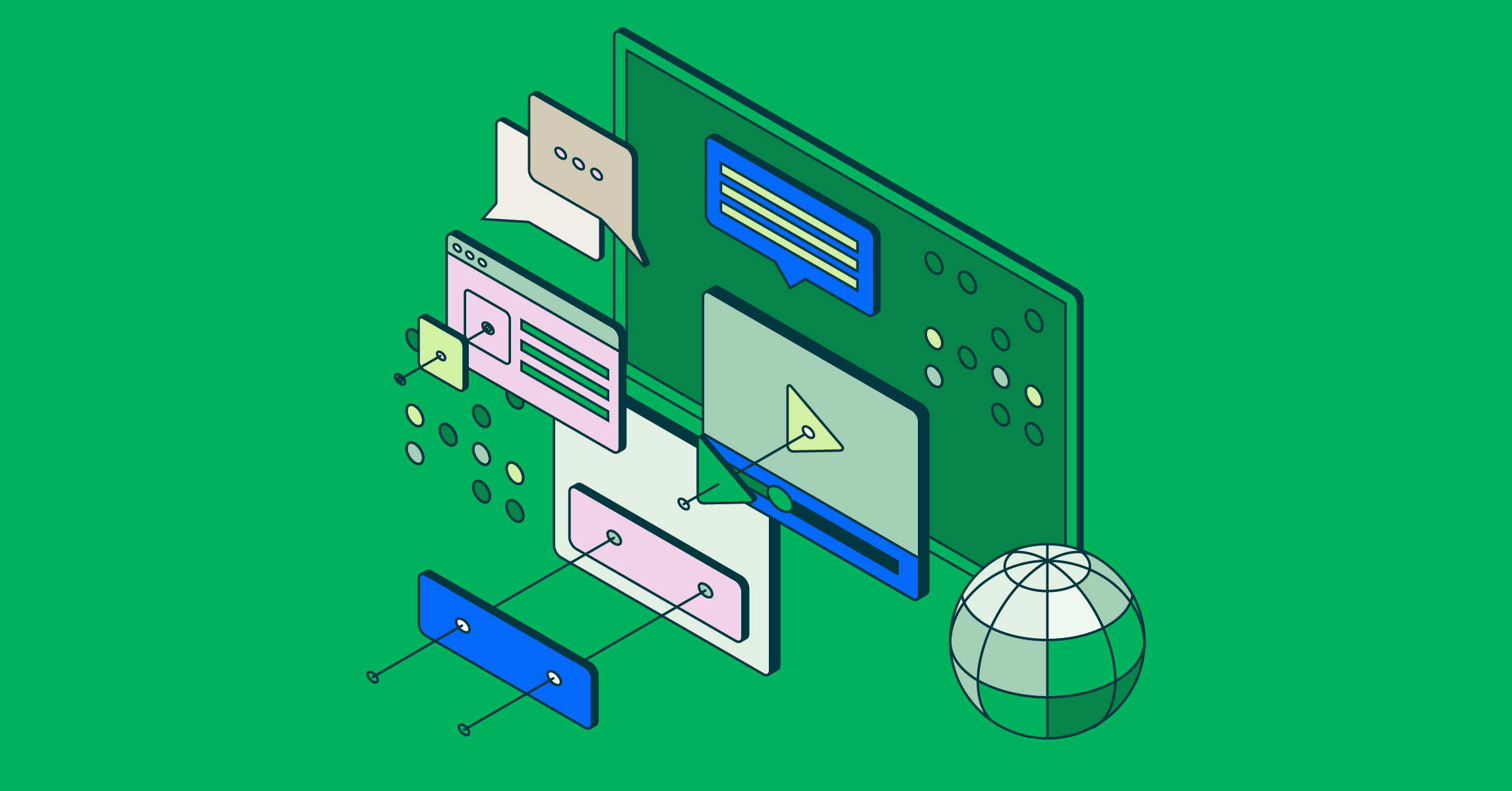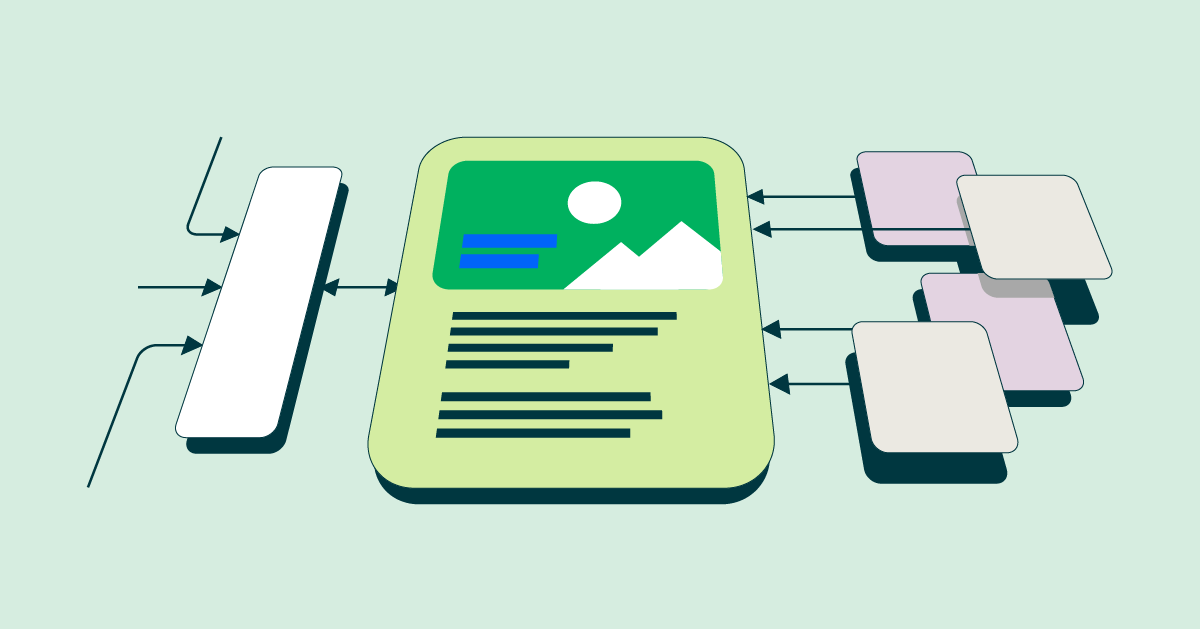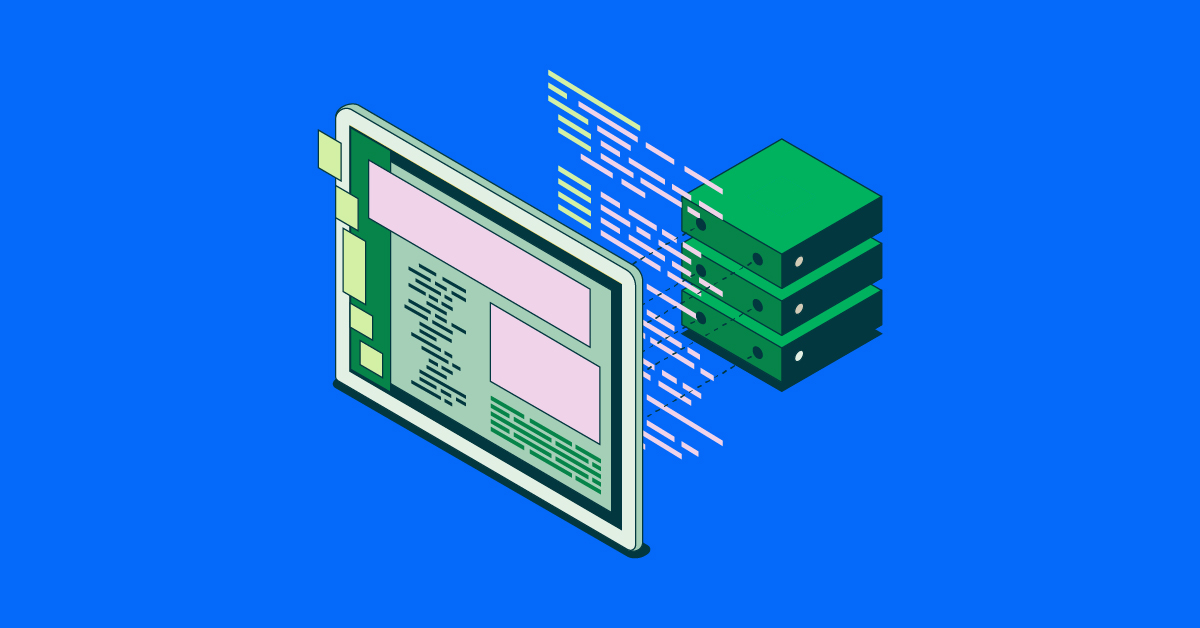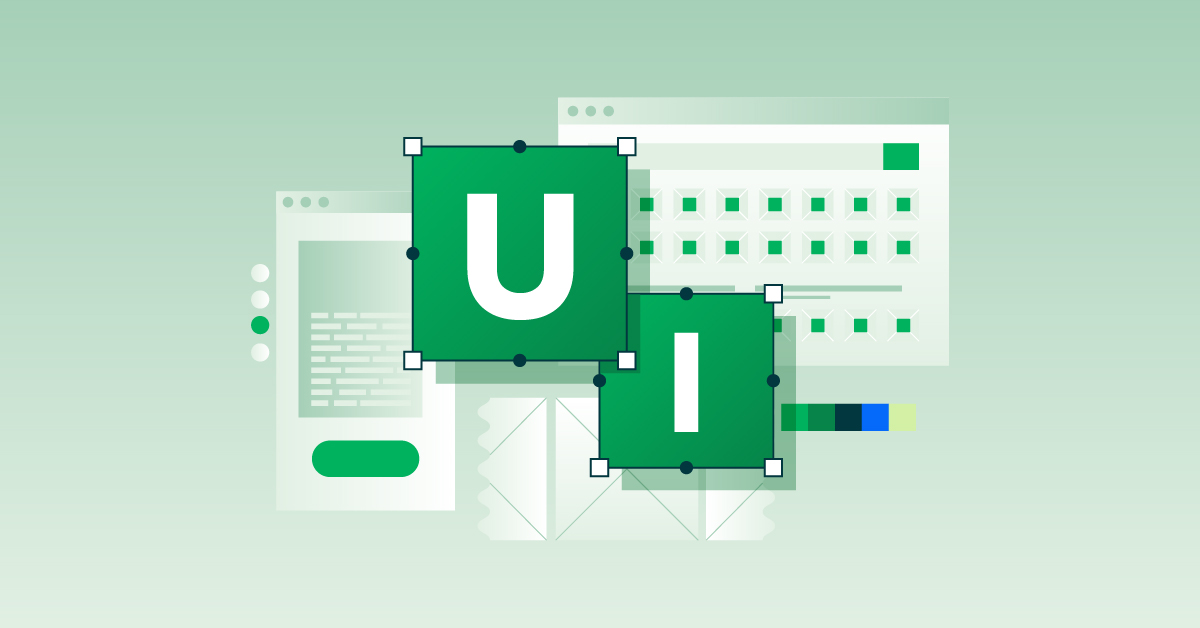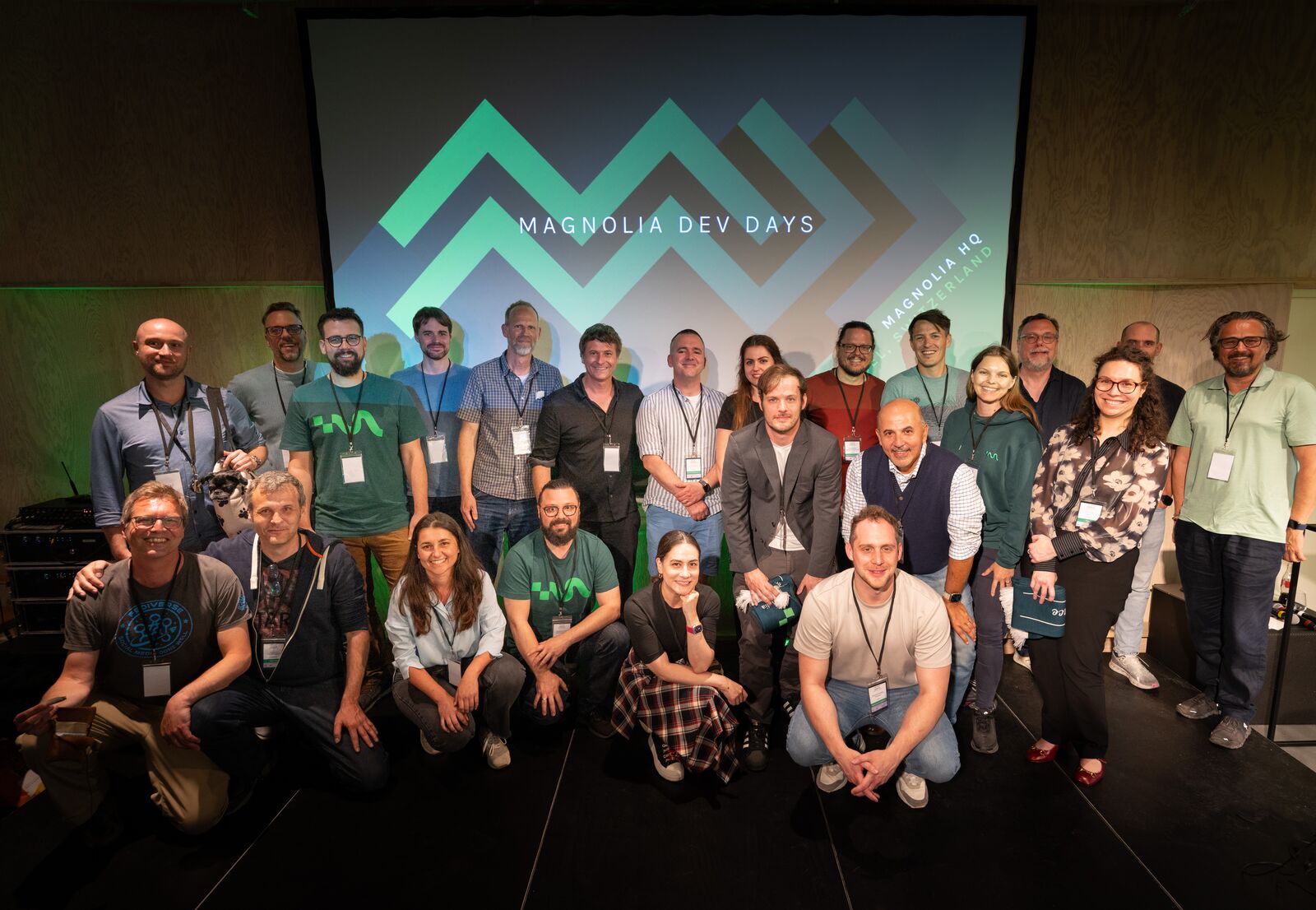- Jun 11, 2025
- --
Accessibility Is Inevitable: A Personal Journey
Accessibility isn't just for "other people" — it's for your future self.
Experience Magnolia in action
Experience Magnolia's key features firsthand in an interactive product tour.
Take a tour nowNot If, But When
Chances are, at some point in your life, you’ll experience disability — whether temporarily or permanently.
When most of us think about disability, we picture permanent conditions: someone in a wheelchair, a blind person, or someone deaf. We categorize these as "other people's problems" – situations that affect a minority of the population.
But this perspective misses the full picture. Temporary and situational disabilities affect everyone, often when we least expect them.
A Personal Wake-Up Call
I learned this the hard way during our time in Berlin with my girlfriend (both of us Italians), after our daughter was born.
Like all new parents, we were existing in that strange timeless fog of exhaustion – days and nights blurring together in a haze of feedings, diaper changes, and too little sleep. It's one big, long day.
I was so tired that while cooking, I cut my index finger with a sharp knife. At the hospital, I was told that a few centimeters more to the left would have damaged some important nerves, but I was lucky enough to just get a cast.
All of a sudden, I found myself caring for a newborn with only one usable hand while my girlfriend was still recovering in bed. Simple tasks became complex puzzles.
But life doesn't pause for injury. There was critical paperwork that needed to be completed within our daughter's first month – paperwork that couldn't wait for my hand to heal.
When Digital Access Becomes a Barrier
So, gathering my courage with my just-enough-to-survive German, I started my one-handed journey into German bureaucracy. Oh, look! There's an English flag icon. The page is translated! So, if I click here... nope. Back to the homepage. Great.
Between my temporarily disabled hand, the exhaustion of new parenthood, and the language barrier, what should have been simple tasks became a frustrating experience. I could complete everything "somehow," but each task took three times longer and left me drained.
The most exhausting part wasn't the pain or the stress – it was knowing that solutions existed just beyond my reach. "Here, this should help—oh wait, no it won't."
That's not fair.
Fairness in the Digital World
That feeling of "not fair" is central to understanding why accessibility matters.
"Fair" means treating everyone the same way and without bias, ensuring equitable access and opportunities.
When we build digital products that only work for people in optimal conditions – with perfect vision, steady hands, total focus, and technical fluency – we're creating artificial barriers. We're saying: "This space isn't for everyone."
But why should someone be excluded?
Rethinking How We Build Products
As developers and designers, we often think of accessibility as a final checkbox – something to address once the "real work" is done. This approach is flawed. When it is treated as an afterthought, it becomes expensive, time-consuming, and less effective. Features that could have been built right from the start require significant rework, awkward patches and workarounds.
But when we integrate accessibility from day one – when we make it part of our foundational thinking rather than a separate concern – we create products that are more robust, more intuitive, and more adaptable to different needs.
And here's the irony: these "accessibility features" often brings unexpected benefits like improved search engine rankings and a better experience for users with slower internet connections or older devices.
Building with Empathy
The internet should be a place where everyone feels welcome. Web inclusion means ensuring equitable access for all users, regardless of their temporary or permanent abilities.
You don't need to become an accessibility expert overnight. Start with basics that make a significant difference: Structure your HTML semantically so screen readers can interpret your content Ensure your site works without a mouse, using only keyboard navigation Make interactive elements visibly respond to focus (never remove those focus outlines!) Test your color combinations for sufficient contrast Provide text alternatives for images and captions for videos
These aren't just for "disabled users" – they improve the experience for everyone. Someone using their phone one-handed while holding a coffee. A person browsing with bright sunlight on their screen. Someone trying to watch a video in a noisy environment.
It boils down to empathy – think about others when you build. When unsure about implementing something, ask yourself: if it's meant to be interactive, can everyone “somehow” interact with it? Figuring out how is our responsibility.
This commitment is why I'm so pleased to contribute to Magnolia's new design system, where accessibility will be a fundamental part of its structure.
Remember: It's Not If, But When
The truth is, accessible design isn't just for other people – it's for your future self.
When that moment comes, you'll understand what many disabled people have known all along: accessibility isn't optional – it's essential. By building with accessibility in mind today, we're creating a better digital world not just for others, but for our future selves too.

